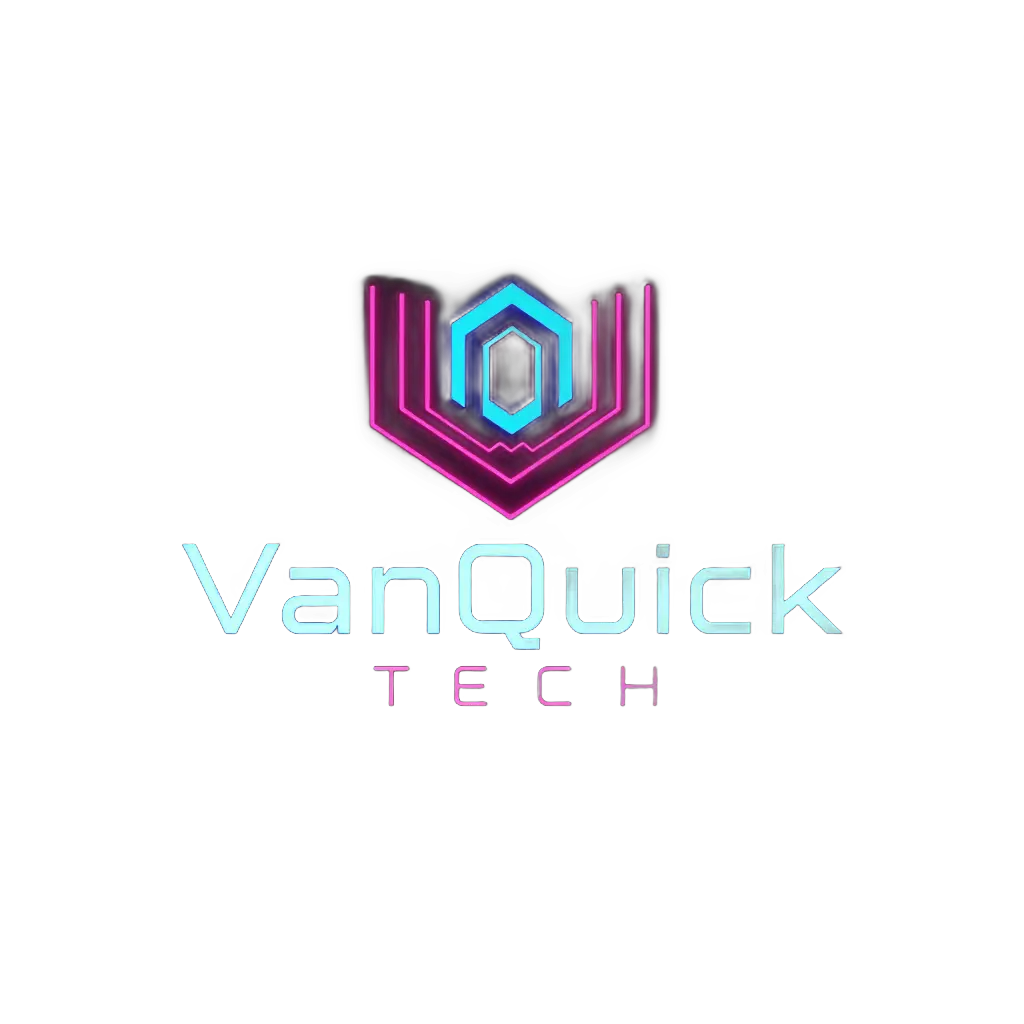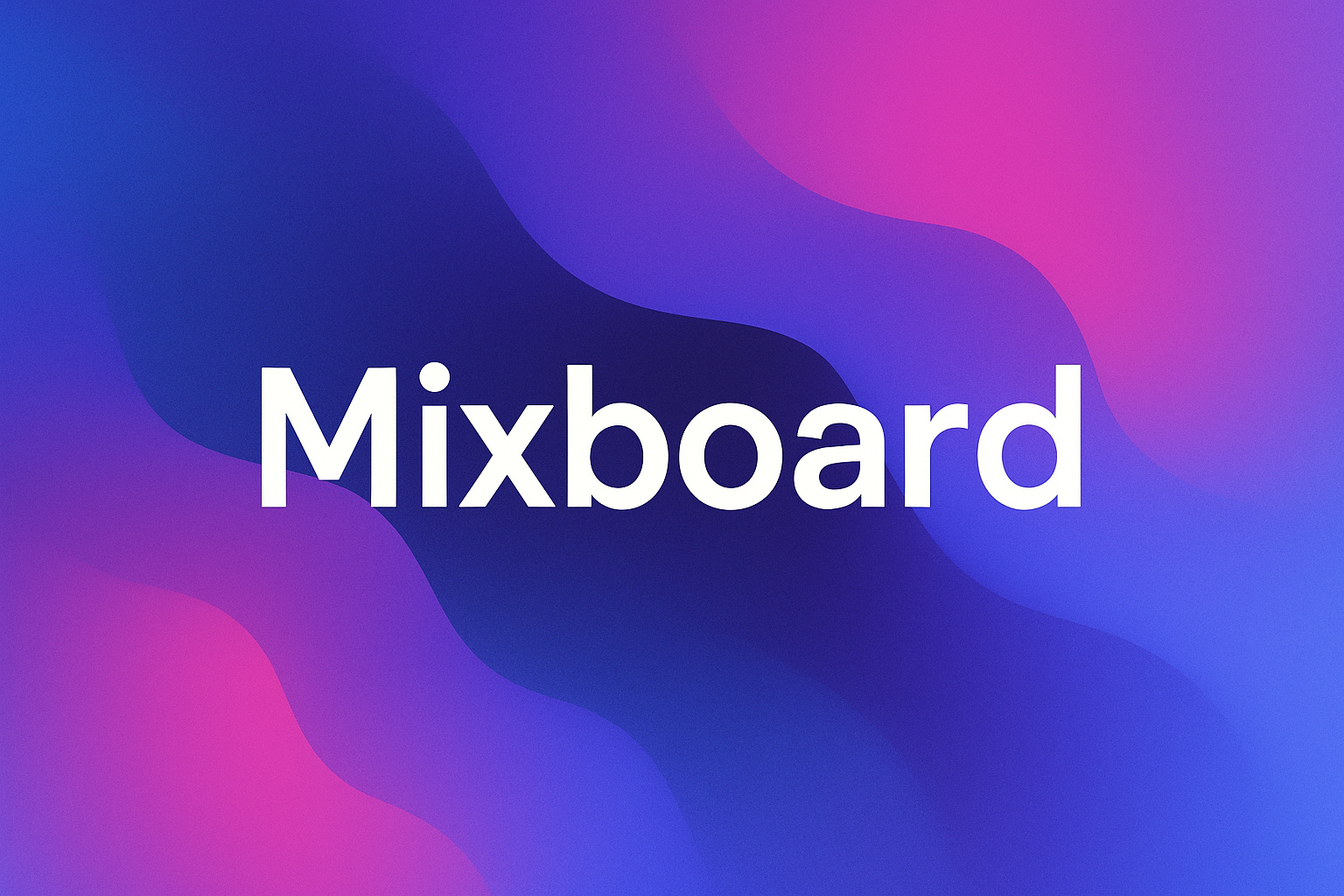AI Tool Review – Google Mixboard AI Moodboard Tool (Beta)
Product Review – Google Mixboard AI Moodboard Tool (Beta)
Key Takeaways
-
What it is: Mixboard is an AI‑powered moodboard builder from Google Labs released in public beta in the United States on Sept. 24 2025. It uses Google’s Gemini 2.5 Flash image model (Nano Banana) to generate visuals and supports both pre‑made templates and text promptstechedt.com.
-
How it works: Users can upload images or generate new visuals from descriptions, then edit boards with natural‑language commands. One‑click options allow rapid regeneration or creation of similar designstechedt.com.
-
Who it’s for: Ideal for designers, marketers and hobbyists who want to explore concepts quickly without needing advanced design skills. It’s more experimental than commercial, so its features and availability may change.
-
Competitive landscape: While similar to Adobe Firefly Boards and Figma’s FigJam, Mixboard differentiates itself through deeper integration with Gemini’s generative model and conversational editing. However, Firefly offers tighter links to Adobe’s professional toolsadobe.com and FigJam emphasises collaborative ideation and AI‑assisted templatesdesignerup.co.
-
Limitations: Currently limited to U.S. users; results can be inconsistent due to beta statustomsguide.com. It lacks established pricing and some collaborative features found in competitors.
Detailed Evaluation
Feature Overview
Mixboard provides an open canvas where users can start from a text prompt (e.g., “show me cups, bowls and plates in Memphis style”) or choose a pre‑populated boardtechedt.com. The tool generates images via Gemini 2.5 Flash, and users can edit boards using natural language commands to blend concepts, adjust styles or combine imagestechedt.com. Uploaded images can serve as references for generating similar visuals, and one‑click options such as “regenerate” or “more like this” allow quick iterationtechedt.com.
The interface aims to make brainstorming accessible: unlike complex design software, Mixboard caters to casual users looking to plan a party or compile inspiration boards. It resembles Pinterest in that it assembles visual collections, but its AI‑generated content adds a significant twisttechedt.com. Tom’s Guide notes that Mixboard runs entirely on Nano Banana and allows users to edit designs with simple prompts like “make it more minimal”tomsguide.com. The beta is free, but availability is restricted to U.S. users and results may varytomsguide.com.
Pros
-
Rapid ideation: Generative AI quickly produces visuals from text, speeding up concept exploration.
-
Conversational editing: Natural‑language commands remove technical barriers for non‑designerstechedt.com.
-
Template and prompt flexibility: Users can start from scratch or choose curated boards, then refine them.
-
Integrates AI and text: Captions or descriptive text are generated alongside images, supporting storytellingtomsguide.com.
Cons
-
Limited availability: Only U.S. users can try it; Google may expand latertechedt.com.
-
Beta instability: Features may change; output quality can be inconsistenttomsguide.com.
-
Lack of team collaboration: Unlike FigJam, Mixboard doesn’t yet support multi‑user workflows or commenting.
Comparison to Similar Tools
| Aspect | Google Mixboard | Adobe Firefly Boards | Figma FigJam (AI features) |
|---|---|---|---|
| Generative visuals | Uses Gemini 2.5 Flash to produce images from text prompts; supports natural‑language edits and quick regenerationtechedt.com | Firefly Boards lets users generate images, remix ideas and apply style/structure references on an infinite canvasadobe.com | FigJam AI focuses on templates, summarizing sticky notes and rewriting content; it doesn’t generate images nativelydesignerup.co |
| Templates & workflow | Pre‑made boards or free‑form prompts; Beta lacks advanced collaboration tools | Offers customizable templates, drag‑and‑drop layout and integration with Adobe Express and Photoshopadobe.com | Generates meeting templates, brainstorm boards, flow charts and decision trees with AIdesignerup.co |
| Editing & control | Natural‑language commands; one‑click regeneration; limited editing tools | Provides granular editing with generative fill, style references and composition controlsadobe.com | Summarizes notes, rewrites text and generates flow charts; primarily text‑orienteddesignerup.co |
| Integration & ecosystem | Stand‑alone experimental tool; integration with Gemini API (still early) | Deep integration with Adobe apps (Express, Photoshop, Illustrator) and Adobe Stockadobe.com | Integrated into Figma’s collaborative design suite, supporting multi‑user sessions |
Strategic Considerations
Mixboard signals Google’s push into creative AI applications. For businesses like yours that host websites or create marketing assets, it may serve as a quick idea generator or moodboard for campaign visuals. However, because it’s still experimental, I’d recommend treating Mixboard as a tool for inspiration rather than production work. Adobe Firefly Boards might be more suitable for professional projects due to its integration with Photoshop and robust editing optionsadobe.com, whereas FigJam remains better for team brainstorming and flowchart creationdesignerup.co.
Next Steps
-
If you have access to the U.S. beta, test Mixboard for brainstorming marketing campaigns or design concepts. Observe how its AI‑generated images align with your brand aesthetics.
-
Evaluate Firefly Boards if you need a professional moodboard tool that integrates with Photoshop and offers fine‑grained control.
-
For collaborative ideation, continue using Figma FigJam and explore its AI features for summarizing discussions and generating templates.
Question for you: How might an AI‑powered moodboard tool like Mixboard fit into your workflow? Would rapid image generation and natural‑language editing enhance your ideation process, or do you need deeper integration with existing design tools and collaboration features?
Author


